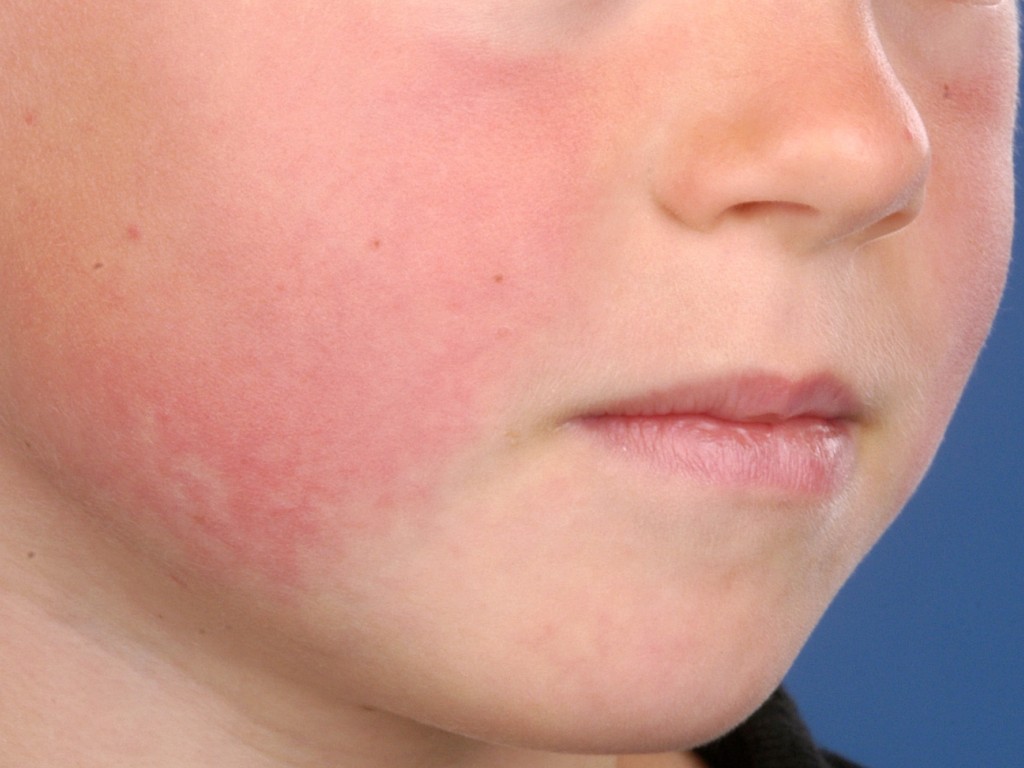
Fifth Disease: An In-Depth Overview
Fifth disease, also known as erythema infectiosum, is a common viral infection that primarily affects children. It is caused by the human parvovirus B19. This infection is often characterized by a distinctive facial rash, sometimes referred to as a "slapped cheek" appearance. Although it is more common in children, adults can also contract the disease.
What is Fifth Disease?
Fifth disease was named as such because it was the fifth exanthematous (rash-causing) illness identified by physicians, following other childhood diseases such as measles and scarlet fever. This viral infection typically results in mild illness. In rare cases, complications can arise, particularly in individuals with weakened immune systems or certain blood disorders.
Symptoms of Fifth Disease
Fifth disease presents with a range of symptoms that can vary depending on the age and overall health of the affected individual. Common symptoms include:
- Facial Rash: The most distinctive sign of fifth disease is a bright red rash on the cheeks, giving a "slapped cheek" appearance. This rash can spread to other parts of the body, including the trunk, arms, and legs, and appears lacy or faint on these areas.
- Cold-like Symptoms: Before the rash appears, individuals may experience symptoms similar to the common cold — such as a low-grade fever, headache, and runny nose.
- Joint Pain: Adults, particularly women, may experience joint pain and swelling, which can last for several weeks.
For more detailed insights, check out the CDC's guide on fifth disease.
Causes and Transmission
Fifth disease is caused by human parvovirus B19, which spreads through respiratory secretions, such as saliva, when an infected person coughs or sneezes. It can also spread through blood or from a pregnant mother to her unborn child.
Who is at Risk?
While anyone can contract fifth disease, it is most common in children between the ages of 5 and 15. School and daycare environments, where children are in close contact, are frequent settings for outbreaks.
Diagnosis
Fifth disease is typically diagnosed based on its characteristic rash and accompanying symptoms. In some cases, particularly when confirmation is necessary (such as during pregnancy), a healthcare provider may perform a blood test to detect viral antibodies.
Management and Treatment
Fifth disease is generally mild and often resolves on its own. Treatment focuses on relieving symptoms:
- Fever and Discomfort: Over-the-counter medications like acetaminophen (Tylenol®) can help reduce fever and alleviate discomfort.
- Itching: Antihistamines may be used to relieve itching associated with the rash.
For individuals experiencing joint pain, nonsteroidal anti-inflammatory drugs (NSAIDs), such as ibuprofen, can provide relief. Always consult with a healthcare provider before administering medication, especially for children.
When to Seek Medical Advice
Contact a healthcare provider if you or your child experience unusual symptoms, such as persistent joint pain, difficulty breathing, or worsening symptoms. Pregnant women exposed to fifth disease should consult their healthcare provider due to potential risks to the fetus.
Prevention
Currently, no vaccine exists for fifth disease. The best preventive measures are those that reduce the spread of infection, including:
- Good Hygiene: Encouraging regular handwashing.
- Cough Etiquette: Covering the mouth and nose with a tissue or elbow when sneezing or coughing.
- Avoiding Close Contact: Keeping a safe distance from individuals known to be infected.
Isolation isn't typically necessary once the rash appears, as by then the person is usually no longer contagious.
Additional Considerations
Can Adults Get Fifth Disease?
Yes, adults can contract fifth disease, and they may experience symptoms such as rash and joint pain. For further questions on fifth disease, the Mayo Clinic provides more details.
Complications
While rare, complications of fifth disease can occur, especially in those with weakened immune systems, chronic anemia, or other underlying health conditions. Symptoms can include severe anemia and complications in pregnancy.
This comprehensive overview highlights the key aspects of fifth disease, from common symptoms to treatment options, empowering you with knowledge to manage and prevent spread effectively.

Identify Skin Conditions Instantly
Try Rash ID for Free